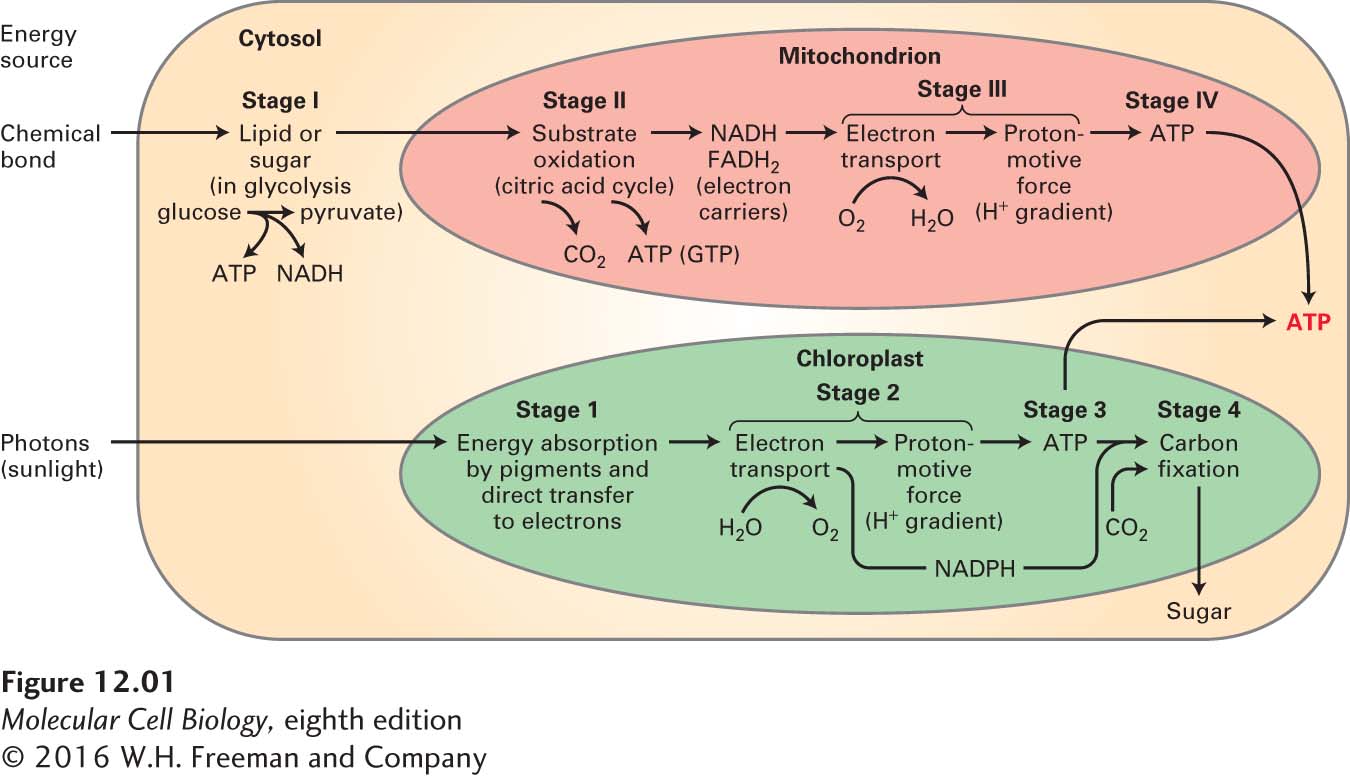
FIGURE 12- h- n- n-